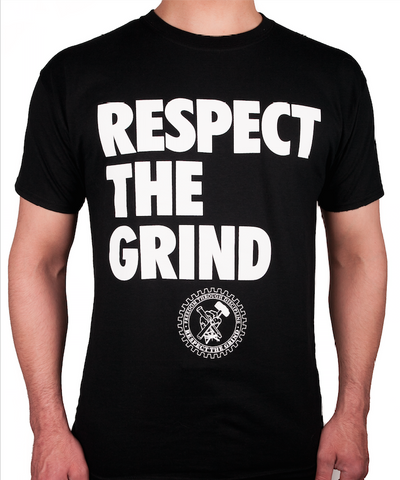As someone who has been flipping houses for almost a decade, I always hear people say “I could flip houses if only I had the money”
Financing and “getting the money” seems to be the biggest roadblock in most people’s minds and the #1 thing that stops people from buying-fixing and selling real estate.
I learned to raise money for real estate in my early twenties and have never used my own capital to purchase real estate.
Starting out with only $1200 of cash and a $10,000 annual wage as a guitar teacher kept me out of the traditional methods of financing my real estate deals.
Traditional and non-traditional ways to finance your real estate flips:
Self Funding – If you have the cash sitting in the bank, you can use it! A very slim majority of people who wish to flip real estate do it with their own money, but if you are one of the fortunate ones to have cash, you can use your own cash to flip houses. This is the safest method and a way that you can almost never lose, but it is also lazy to use your own cash and your returns will be much lower than if you used leverage or some of the other methods below.
HELOC – Home Equity Line Of Credit. Canadian banks are giving out HELOCs like candy right now and the rates are low usually around 3%. This can be a great way to get started with flipping houses and if you are fortunate enough to have a large HELOC go ahead and get started. 3% money is as cheap as free and fairly low risk, it’s almost as good as real cash. However, using a HELOC is not an efficient use of capital and doesn’t allow you to leverage to your full potential.
Traditional Banks – If you have 20% down you can get a mortgage at roughly 3% or less from a traditional bank. Many people use this method and it works. Are banks easy to deal with? Absolutely not, but if you have a job and a strong enough income with a down payment, this is a very traditional way of flipping real estate.
Hard Money – Hard money lenders love lending to real estate flippers. These lenders will lend at 8-18% interest and usually charge origination fees starting at 2% to 6%. They may want you to put cash in the deal, or they may not. They may also lend 100% of the purchase price and renovations. When you start flipping lots of houses, hard money usually comes into play.
Private Lenders – Similar to hard money lenders, private lenders are private people who have money to lend. They may be a little less formal than a hard money lender which is usually a business or a MIC (Mortgage Investment Company). Private lenders can expect 8-12% annually on their money and usually do not charge origination fees.
JV /Joint Ventures – Many flippers get started with Joint Venture money. This is where you bring the deal and the people and someone else you know brings the money. Many joint ventures operate on a profit splitting arrangement of 50/50 , 60/40 or even 70/30 depending on the relationship and this can be a great way to start. However, if you do the math, giving away half your money works out to extremely expensive interest usually 20-30% or more annually and you may want cheaper money after you get some experience.
RRSP Mortgages – If you have a friend with RRSP’s or know of an RRSP lender, you can get money in the 3-8% range from an RRSP mortgage. RRSP mortgages typically are at lower rates because the RRSP is such a bad vehicle to invest with that it commands lower fees. Many investors will use RRSP’s as first or second mortgages on their deals and it can be popular in certain circles.
Hold until sold – If you are a savvy negotiator, you can negotiate a “Hold until sold” arrangement where the vendor holds the property until you fix and sell it for him. This can be a great way to start if you have literally no money and are a little bit creative.
Credit cards – If you have credit cards with lots of room and the numbers make sense, many investors have done short term flips on credit cards or have funded deals on credit cards. Credit cards can also be a great way to fund renovations.
Consulting Fees – If the vendor you are negotiating with demands a price that is too high for their property you can offer to project manage a flip for them if they supply the cash and “hold until sold” and you receive a flat fee for your services. There is nothing wrong with taking a guaranteed $10,000 profit to fix and sell a property for someone else.
Depending on how creative you are, you can use any of the arrangements above to flip real estate and make a profit.
Respect The Grind,
Stefan Aarnio


